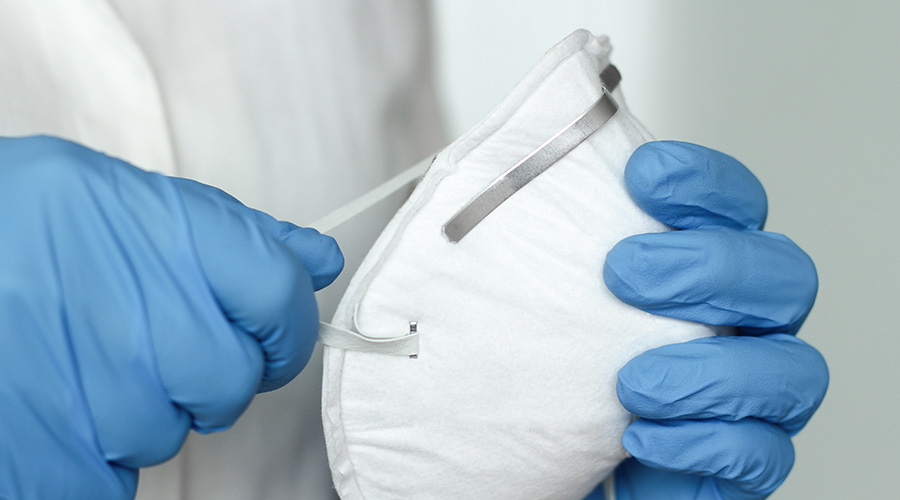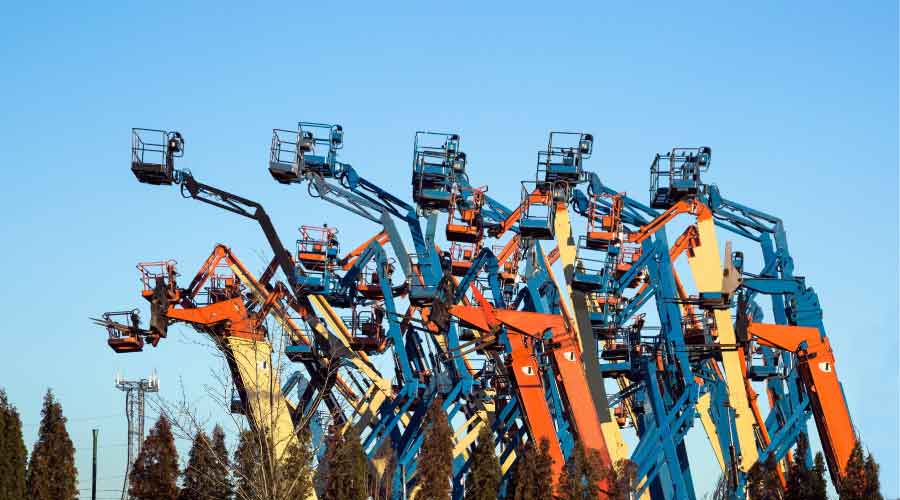Managing Compressed-Gas Cylinders
Mishandled compressed-gas cylinders can rupture violently and release hazardous contents or become dangerous projectiles. Technicians must label cylinders properly, including the gas’s name and any related hazards, such as flammability or reactivity.
Managers can refer to the Compressed Gas Association — www.cganet.com — for specific requirements on handling and storing compressed gas. In general, cylinders must have several stamped markings, including:
• a top mark from the U.S. Department of Transportation or the International Code Council indicating pertinent regulations for the cylinder
• a second mark or serial number of the manufacturer, user or purchaser.
Cylinders should be stored in compatible groups, including flammables from oxidizers, corrosives from flammables, and full cylinders from empties. Empty cylinders should be clearly marked and stored as carefully as those that are full because they might contain residual gas. All cylinders must be segregated from corrosive vapors.
All compressed-gas cylinders must be stored in a secured, upright position. A clamp and belt or chain securing the cylinder to a wall between the cylinder’s “waist” and “shoulder” generally is suitable for this purpose. Workers should consider securing each cylinder individually, since using one restraint strap around several cylinders often is not effective. When moving cylinders, managers should use a cylinder cart and secure cylinders with a chain.
During storage, workers should keep oxygen cylinders at least 20 feet from flammable-gas cylinders or combustible materials. If this is not possible, workers must separate them with a non-combustible barrier at least 5 feet high with a fire rating of at least 30 minutes. Valves must be closed, with protective caps in place when the cylinder is empty or not in use.
Finally, workers should store cylinders in well-ventilated areas designated and marked for cylinders only. Managers can specify commercially available cylinder-storage containers and transportation carts, which can address compressed-cylinder regulations.
Related Topics:

















